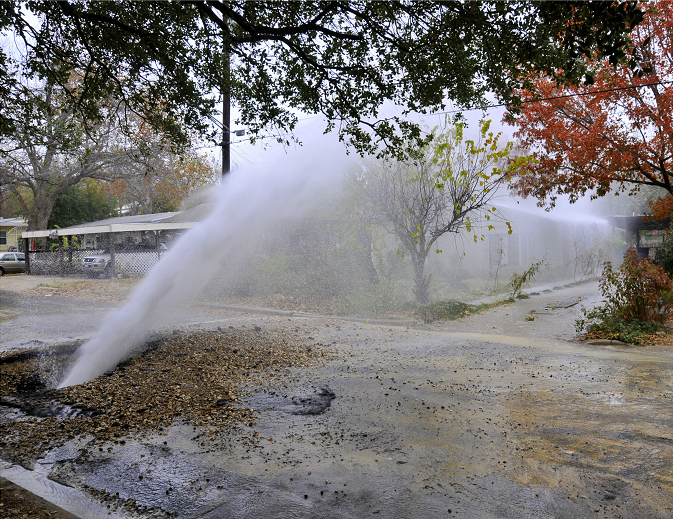By Jim Hegarty, PE
I have been called in to look at a fair number of pipe failures over the course of my engineering career. One thing I notice is in the rush to fix the failure, there is often little focus on figuring out why the failure occurred. It is easy to miss clues to a systemic problem unless someone on your team plays “Columbo” and gathers some clues to analyze when the dust settles. Here are 12 things I think you should do every time a pipe fails:
- Get to the site as soon as possible, before too much damage spreads.
- Photograph everything. The ground, the pipe, the hole, any damage. Take as many photographs as you can, from several different angles. They may help you recall the state of the site later when you try to piece everything back together.
- Mark the top of the failed pipe as soon as it is exposed. The location of the failure relative to the top of the pipe can tell you a lot about why it failed.
- Make a sketch of the pipe layout. It will help you to reconstruct the scene later.
- Remove the failed pipe carefully to preserve its condition. The closer it remains to intact, the easier it is determine how and why it failed.
- Number or mark each piece of pipe shown in your layout sketch. Save and preserve each marked pipe you remove.
- Collect and mark soil samples from the pipe trench, preferably not wetted by the failure. Take care to sample soil representative of the soil in contact with the pipe. This can be a valuable tool to diagnose either an external corrosion or soil-structure failure.
- Check pump records if the pipe operates under pressure. Surges (also called transients or water hammer) can put tremendous stress on buried pipes. Power outages, valve closings and pump starts and stops can create dangerous surge pressures.
- Ask questions to understand anything you think may have played a role in the failure.
- Review the construction plans, as they may harbor clues to a contributing cause of a break.
- Study the construction inspection reports.
- Keep a map of your breaks or incidents. They can help you identify trends or patterns that otherwise may not be obvious.

